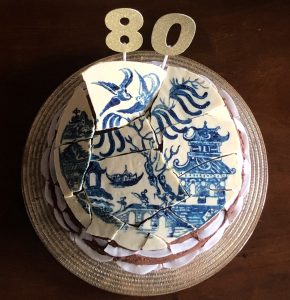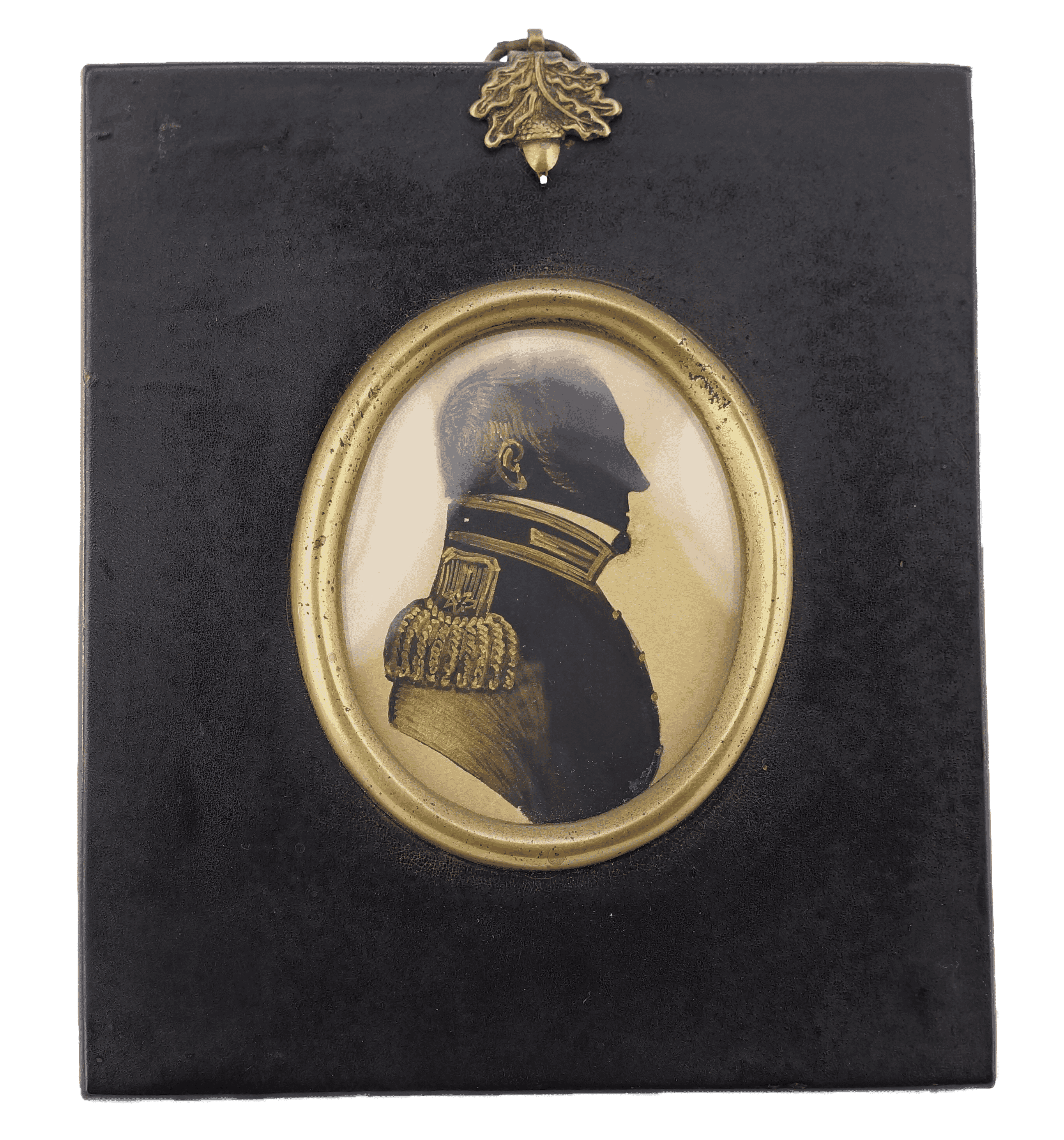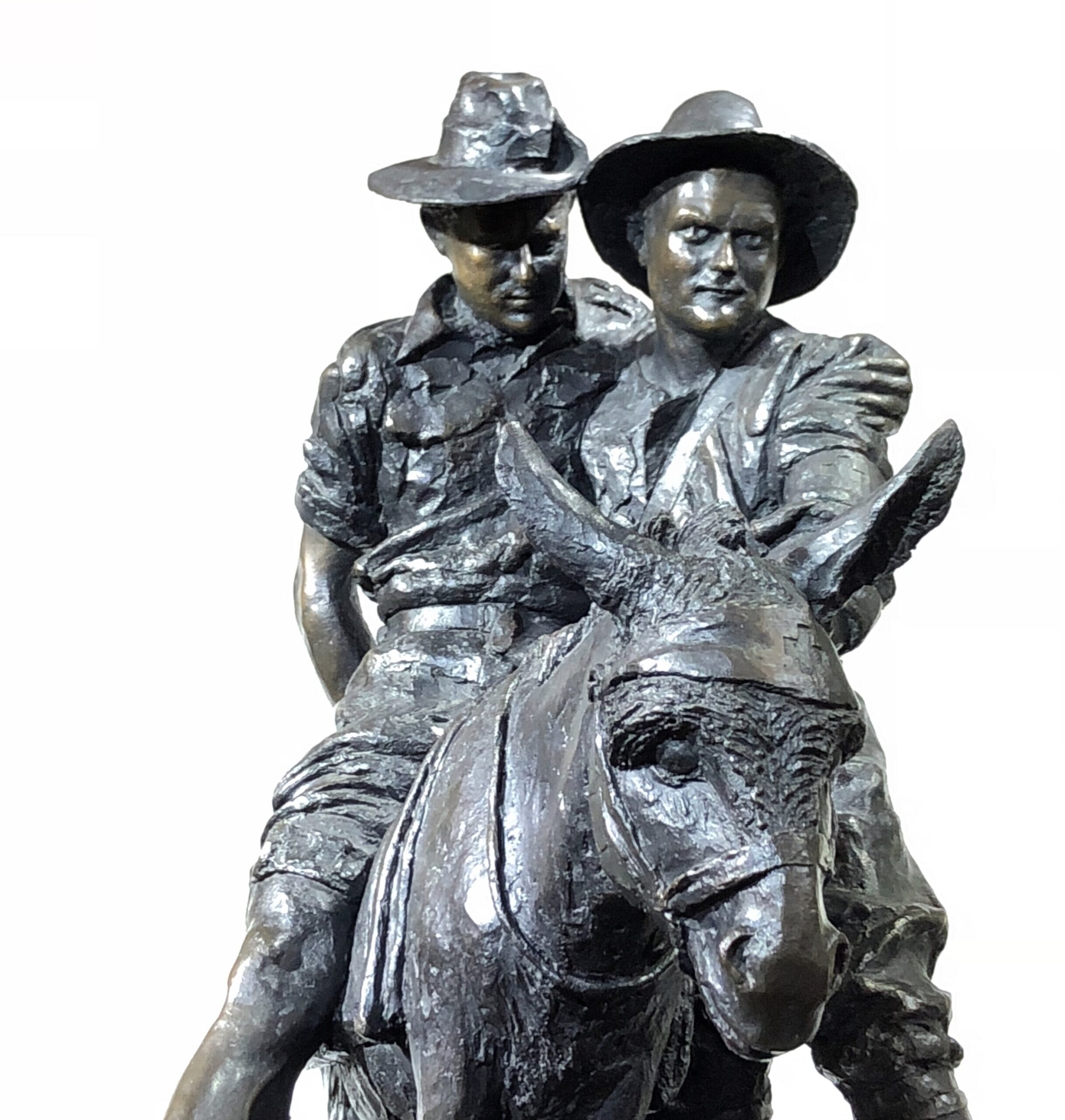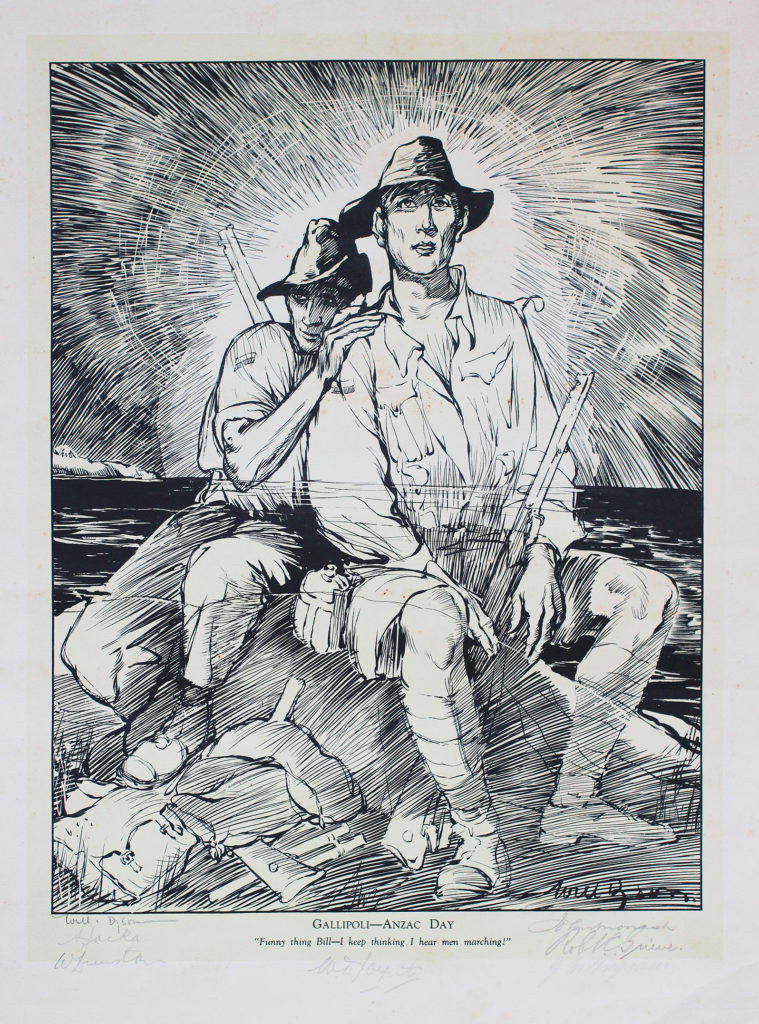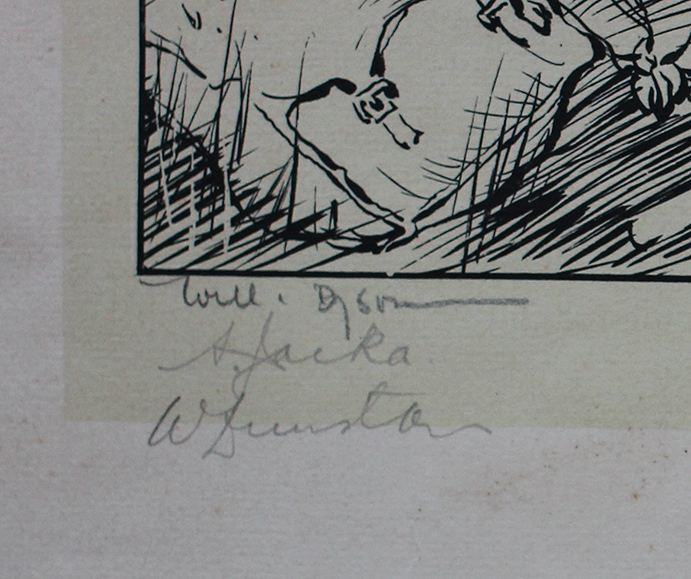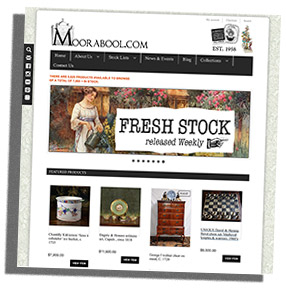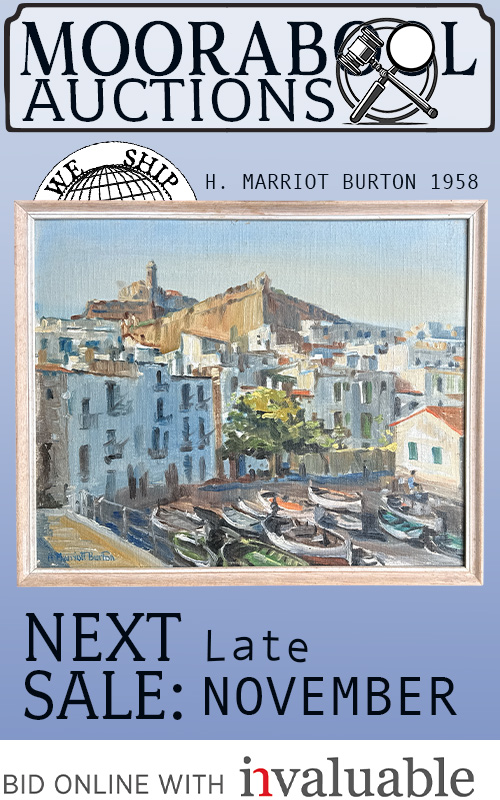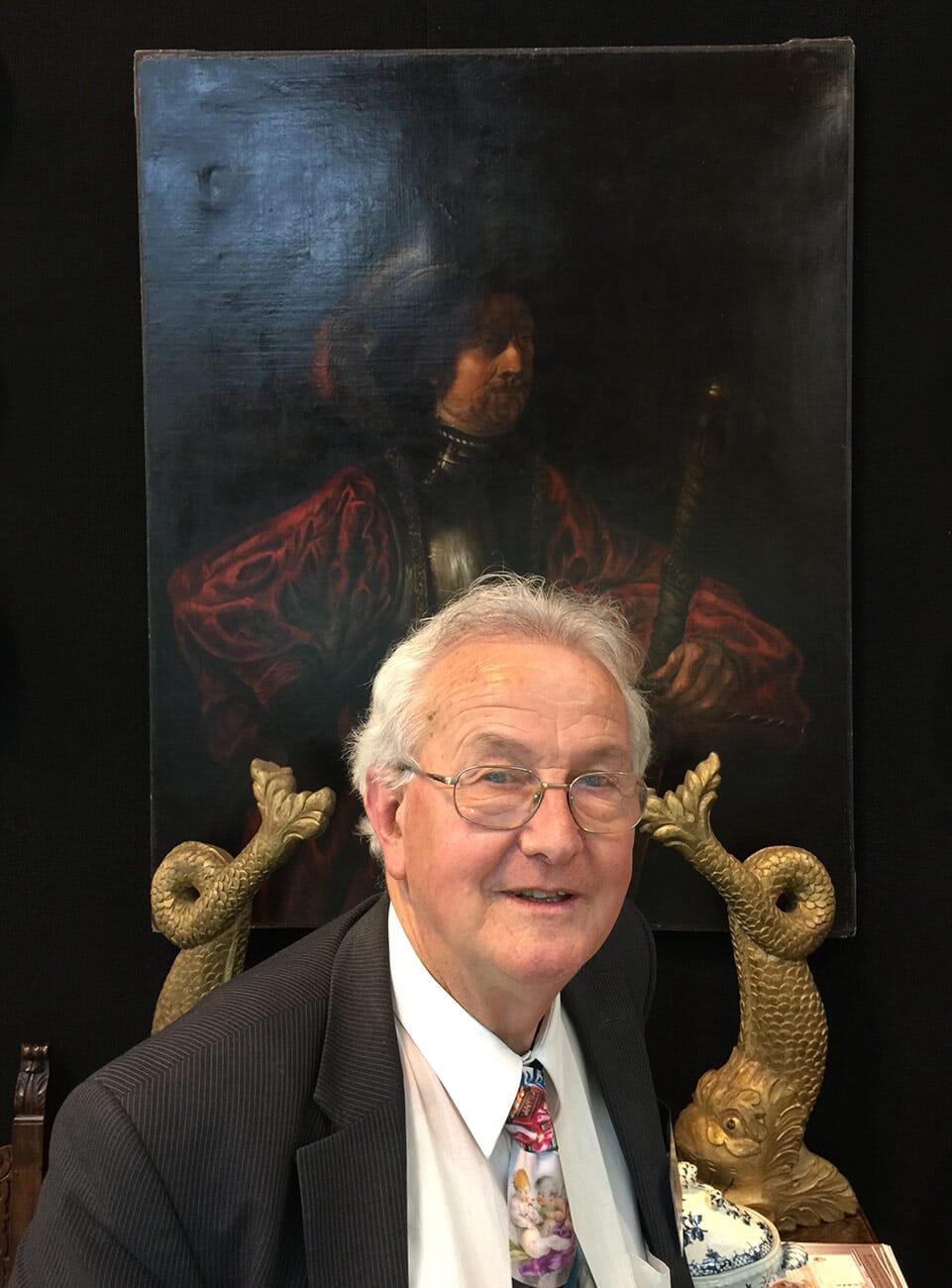
What a month….. we’re sorry to have been ‘away’ for the past 6 weeks, and no doubt the ‘C’-crisis is a glaringly obvious reason, as the world is paralysed by the hidden menace of the virus pandemic.
But the real reason is the other ‘C’: Cancer. John Rosenberg, founder of the firm back in the 1950’s, was taken to Hospital quite unwell in late March, and cancer was found. He has undergone major surgery – the result is that the doctors were satisfied they got it all. This is a great relief to us all.
Needless to say, this ensured our attention was no longer on our ‘Fresh Stock’ updates – and the timing with the required shop closure due to covid-19 was remarkable.
John is now back home and is recovering well – but is of course itching to get back to the shop!
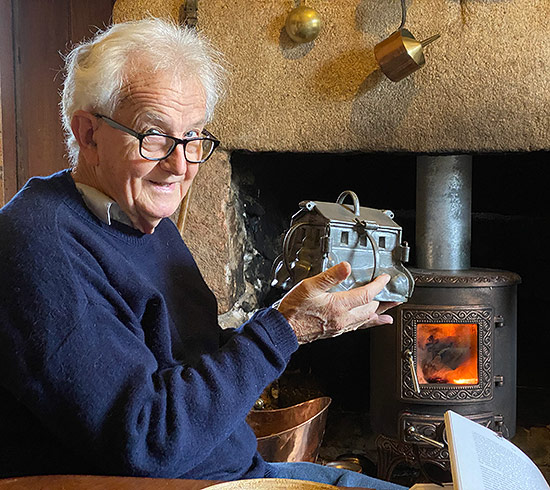
We have just instigated our ‘Recovery’ plan, representing both our post-Covid and John’s new reality, both of which require ‘social distancing’….. so we now have an Appointments booking service on our website.
When you are thinking of visiting Moorabool, simply pop into our web page and with a few clicks you can find a time, weekdays 10-4, plus a few hours on a Saturday. This will allow us to comply with the strict requirements for businesses to stay social-distancing aware.
John also has his own appointment page, with a Wednesday afternoon time-slot for anyone who would like to catch up. He’ll be up in the Lorraine Rosenberg Reference Library, a great place to experience his passion for ceramics…. so many tales to tell!
…where’s the Fresh Stock ?
Our ‘Fresh Stock Tuesdays’ were constant weekly tasks for the past 6 years…. and while we are most certainly not ceasing the release of fresh stock, it’s time for a change to this method. We will shortly have ‘Something Fresh’ to share….
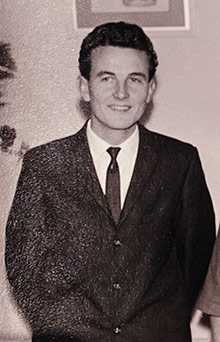
We were of course heading into our 2020 Fair time, to open May 1st in the Malvern Town Hall. This is postponed until the same time next year, but was to be a special occasion for Moorabool: a young John Rosenberg joined the Victorian Antique Dealers Association (now the AAADA) in 1958, the year they held their first Fair in the Malvern Town Hall. It had been born the previous year, and young John was asked to join by a local ‘founding member’. He was able to exhibit in the 1959 Malvern Fair for the first time – and continued to do so for the next 59 years straight!
2019 would have been the 60th Melbourne Dealers Fair Moorabool had exhibited in, but was cancelled. This year, 2020, was then to be the 60th….. now we look forward to making 2021 that milestone!

We had great plans…. our stand was going to ‘pop’, with a unique design celebrating 60 years, and some stunning Fresh pieces sourced just for the occasion. Instead, these will be released as part of our ‘SOMETHING FRESH’ over the next few months.
We hope you’re all keeping well, and that our website has been a source of consolation in these peculiar times….
Best wishes & stay safe,
from Paul Rosenberg, John Rosenberg,
& all @ Moorabool….
…. still very much in business !
We’ll leave you with a ‘Fresh’ photo-
this is a wonderfully wild ‘ShiShi’ , the Japanese version of the the Chinese Buddhist lion-dog, or ‘Foo’ dog. He’s a censor, his head lifting off to take the incense – with the smoke coming out his mouth, nostrils, ears, and between the spines down his back!
Meiji period, earlier 19th century.
Coming to Moorabool stock shortly!


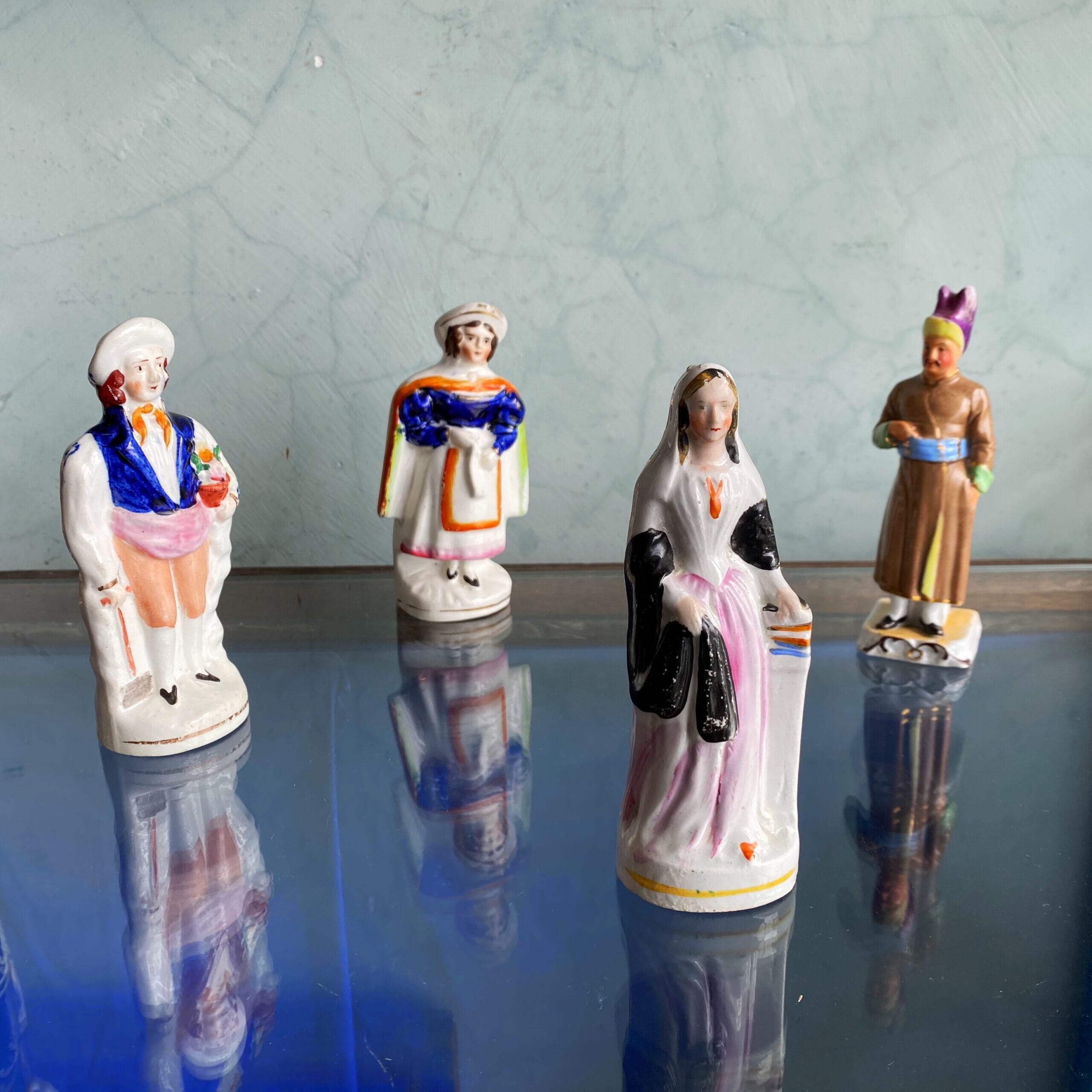

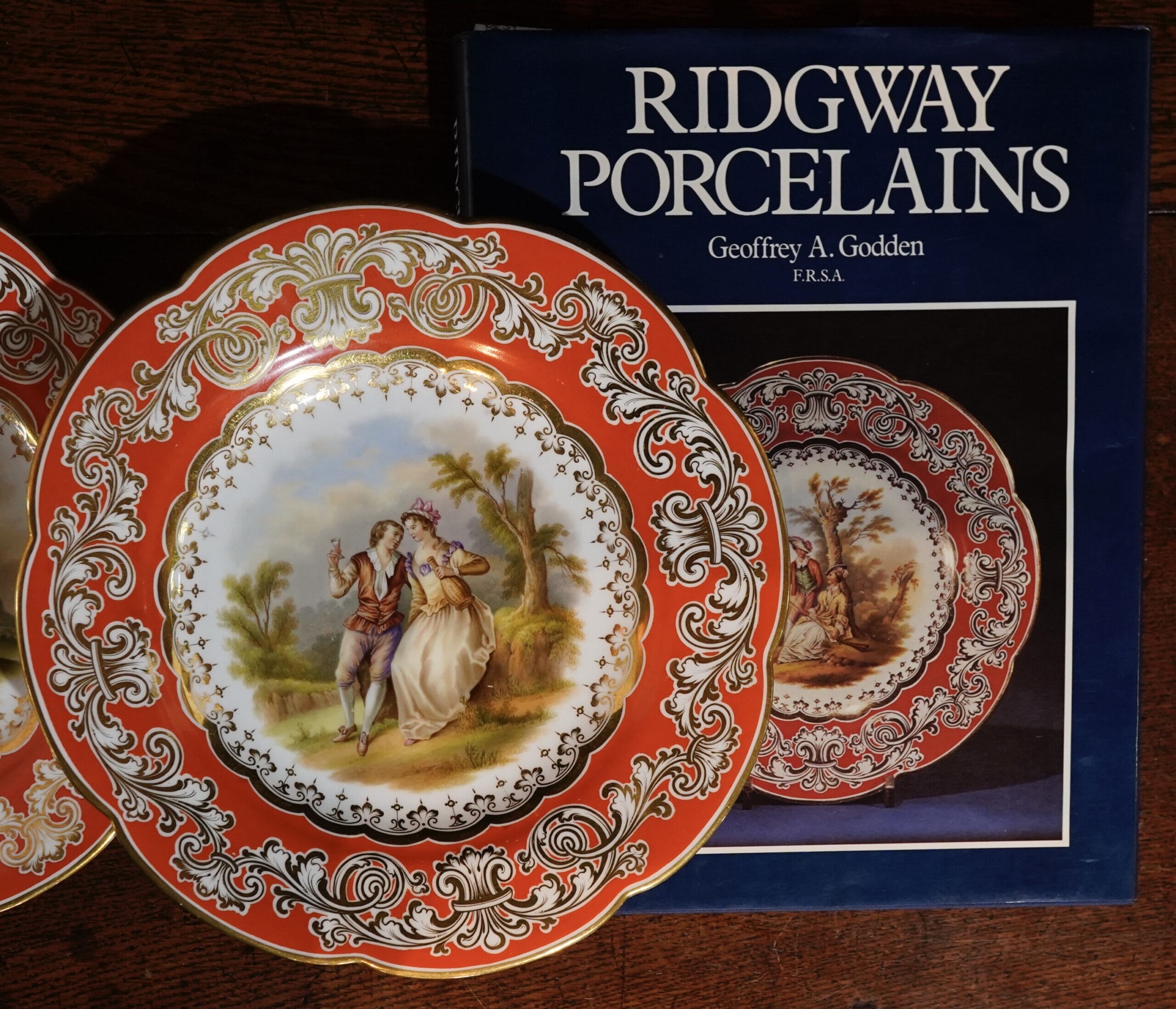





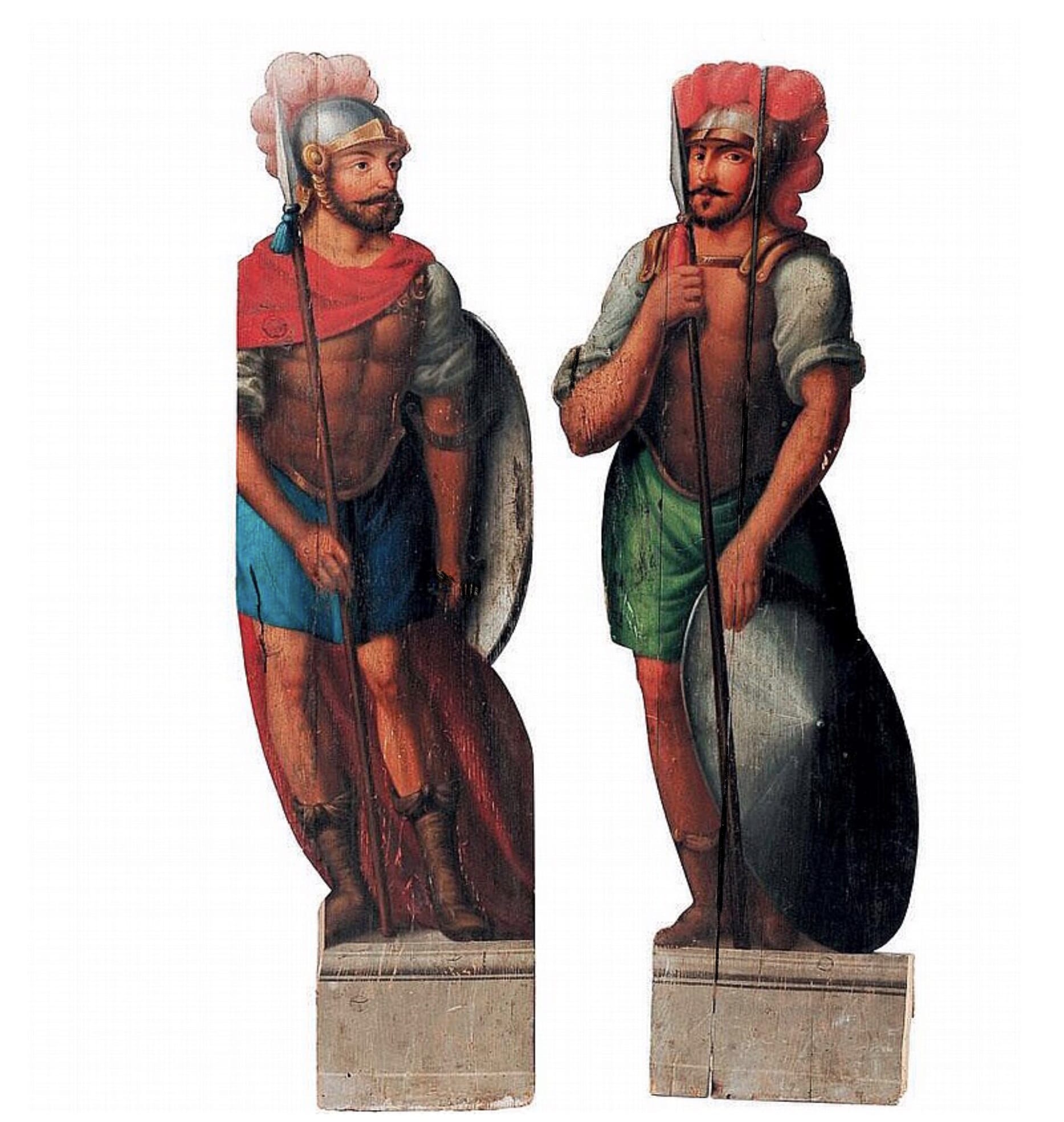



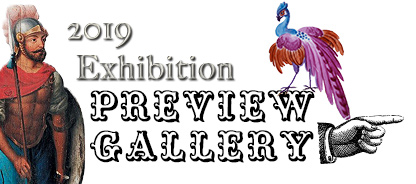
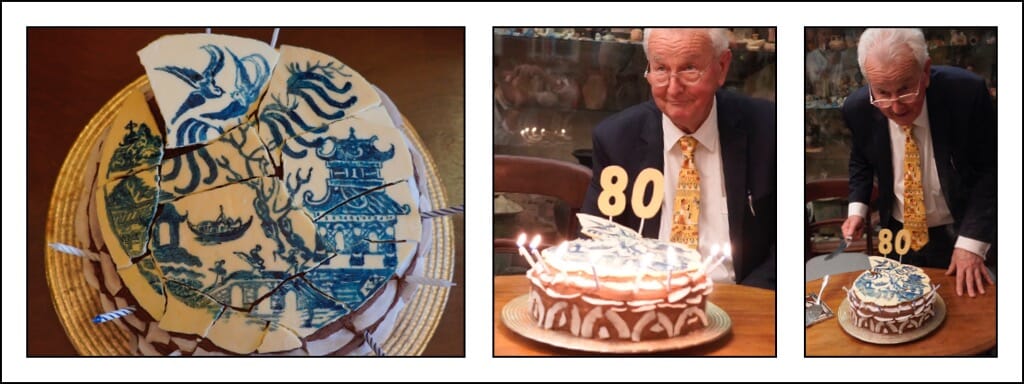
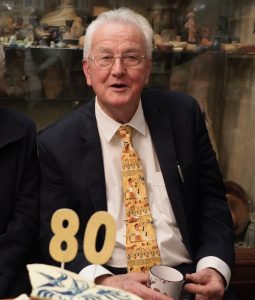

 – through 59 consecutive years exhibiting, including the boom years for Antiques in the 1980’s-90’s…. fast-forward to 2019 and there was no Dealers Association Antique Fair held, breaking his 59-year consecutive stretch… a reflection on the shrinking Antiques Market.
– through 59 consecutive years exhibiting, including the boom years for Antiques in the 1980’s-90’s…. fast-forward to 2019 and there was no Dealers Association Antique Fair held, breaking his 59-year consecutive stretch… a reflection on the shrinking Antiques Market.
